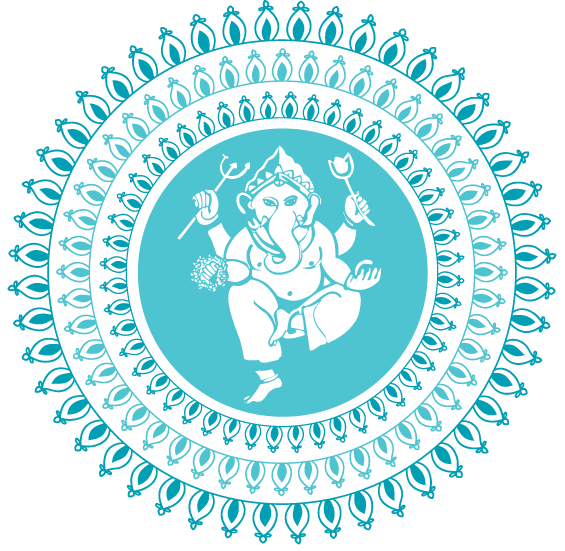The mantra I want to offer today isn’t a traditional Sanskrit mantra, but it’s one I’ve been living with for the past two years: Know You’re Enough.
I first heard the phrase in a Jason Isbell song, “Cover Me Up.” Like all mantras, these three simple words created a powerful feeling of visceral relief in me every time I listened to them, or spoke them. Know You’re Enough. I made these three words the title of the introduction of my new book, Yoga for Life. It was the mantra I needed to keep coming back to while writing, when feelings of fear, or imperfection or inadequacy would sneak up on me.
We all spend a lot of time and energy covering up our vulnerabilities and our strengths, afraid that we won’t be accepted if we expose them. In covering up real parts of ourselves, we hide our truth from world. We think we’re the only ones who feel these things; our armor gets thicker and thicker, ensuring that no one will ever see the real us.
It’s a crying shame. Only you can share what the real you has to offer. But if you keep covering it up, or running away from it, then it’s a waste of time and a loss, not only for you, but for the rest of the world that needs your contribution. This is what really makes the world go ‘round.
Let us support each other in this scary, crucial unveiling. Let us put aside judgment and competition and embrace honesty and authenticity. Know You’re Enough.
Namaste
Starting next week, Mantra Mondays will be replaced with a series called Music Mondays. I’ll share a song, or a playlist that I chose to accompany each chapter of my book.


